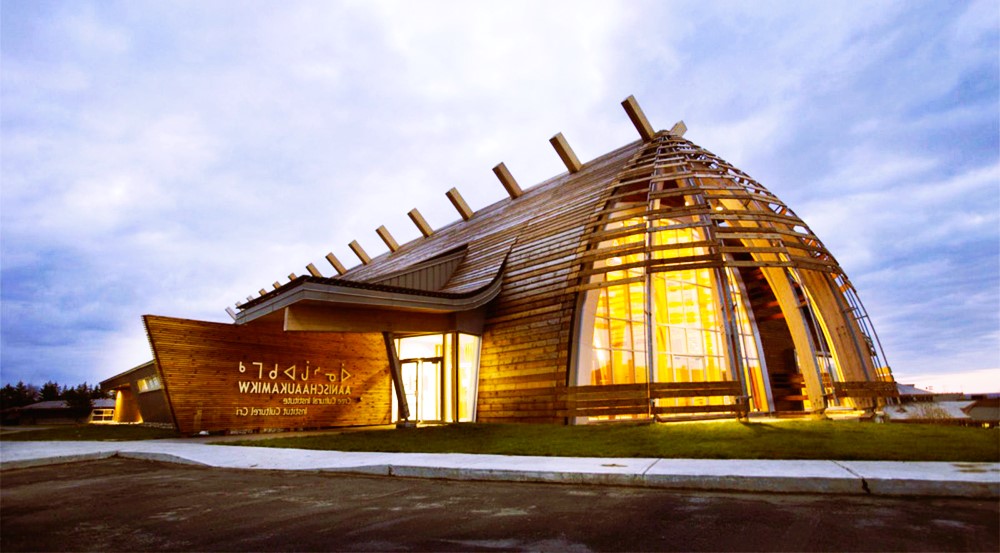Canada, with its vast and diverse landscape, is home to a rich tapestry of Indigenous cultures, each with its unique history, traditions, and architectural practices. In this exploration, we delve into the captivating world of Indigenous architecture, celebrating the ingenuity and cultural significance embedded in the structures created by Canada’s First Nations peoples.
- Longhouses of the Haudenosaunee Confederacy: The Haudenosaunee Confederacy, also known as the Iroquois Confederacy, has a profound architectural tradition centered around the longhouse. These communal dwellings, constructed with a framework of saplings and covered with elm bark, symbolize unity and collaboration within the community. The design facilitates a shared space for multiple families, fostering a sense of kinship and interconnectedness.
- Igloos of the Inuit: In the Arctic regions of Canada, the Inuit people have ingeniously crafted igloos for centuries. These dome-shaped structures, constructed from compacted snow blocks, provide remarkable insulation against the harsh winter conditions. The traditional knowledge of building igloos has been passed down through generations, showcasing the resourcefulness and adaptability of Inuit architecture.
- Pacific Northwest Coast Cedar Longhouses: Indigenous communities along the Pacific Northwest Coast, such as the Coast Salish and Haida, are renowned for their cedar longhouses. These structures, crafted from large cedar planks, feature intricate carvings and serve as multifunctional spaces for ceremonies, gatherings, and shelter. The detailed carvings often depict stories, traditions, and spiritual symbols, emphasizing the deep connection between architecture and storytelling.

- Sweat Lodges of the Plains Nations: The Plains Nations, including the Blackfoot and Sioux, traditionally construct sweat lodges for purification ceremonies. These dome-shaped structures, made from a framework of willow branches and covered with animal hides, are central to spiritual practices. The architecture reflects a harmonious relationship with the natural environment, utilizing materials readily available on the plains.
- Ceremonial Earth Lodges of the Woodland Cree: Woodland Cree communities historically built ceremonial earth lodges, unique structures partially submerged in the ground. These lodges, constructed with a wooden frame and covered with earth and grass, blend seamlessly with the surrounding landscape. They are integral to cultural ceremonies, emphasizing a deep connection to the earth and a respect for the environment. From Victorian splendor to modern minimalism, read more at the link.
Conclusion:
Indigenous architecture in Canada is a testament to the profound connection between culture, community, and the natural environment. The structures created by Canada’s First Nations peoples are not only functional but also carry deep spiritual and cultural significance. As we celebrate the diversity of Indigenous architectural traditions, it is essential to recognize and honor the resilience and ingenuity embedded in these creations.
For a more in-depth exploration of Indigenous architecture and its cultural significance, please refer to reputable sources such as Wikipedia. These platforms provide comprehensive insights into the rich cultural heritage of Canada’s First Nations and their architectural practices.
